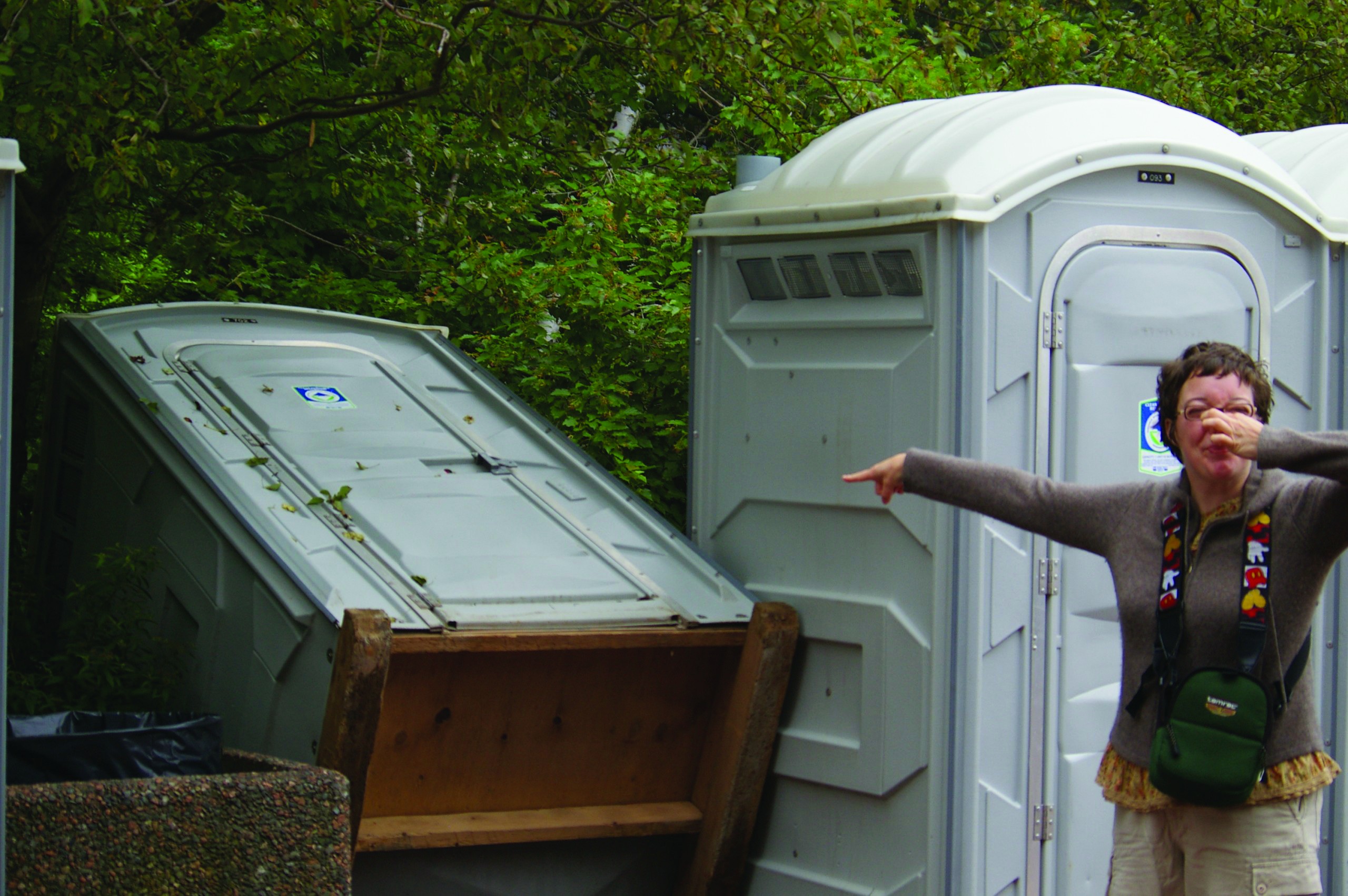It is more cost effective, time saving, and environmentally friendly to properly install and maintain your sewage system than to try and repair a failing system. Poorly maintained sewage systems increase the chance of contracting diseases, degrade terrestrial and aquatic wildlife habitat, and can contaminate the surface and ground water we rely on for drinking.
Purchase a CSA approved tank made of reinforced concrete, fiberglass, or polyethylene.
If you have a steel tank replace it with a tank made of one of the materials above before it starts to corrode and leak. Under the provincial Environment Act and the On-site Sewage Disposal Regulations, you must obtain approval from Nova Scotia Environment before putting in a sewage system and hire a qualified professional to do the installation.
Cover the area over your septic tank and disposal field with plants such as native wildflowers to allow easy access for maintenance and cleaning.
Plants with deep roots (trees, shrubs, bushes) are not well suited as they can damage the system.
Have your tank pumped and inspected every 2-3 years by a registered septic tank cleaner.
Record the date of your tank inspection so you know when to book the next visit. Poorly maintained sewage systems are likely to become blocked and leak into the environment, which can decrease the value of your property and cause odour problems and costly repairs. More seriously, leakages can cause health problems, contaminate drinking water, and degrade wildlife habitat. CAUTION: Do not enter on-site septic systems by yourself because dangerous gas may be present.
Spread water use over the week and practice water conservation techniques.
Sewage systems can only handle a certain amount of water. The most common reason for septic malfunction and failure is water overuse.
Do not flush materials down the drain that can clog and back-up the system.
On-site sewage systems are designed to break down solid waste through bacterial processes and water flow into the disposal field. If it can’t be broken down, don’t flush it down.
Use phosphate free soaps, laundry detergents, and environmentally friendly cleaning products.
Cleaning products often contain chemicals that are toxic to humans, pets, and wildlife. These products can also kill the good bacteria in the septic tank. Phosphates from soaps and detergents release nutrients into the water that encourage the growth of algal blooms, and decrease the amount of oxygen available to aquatic species. A number of good natural cleaning products can be purchased at the supermarket or health food store.
You can make your own effective cleaning products.
For some ideas refer to Bluenose Coastal Action Foundation’s “Watershed Wisdom” guide for simple yet effective general, kitchen, bathroom, laundry, floor and furniture cleaners (see Resources below).
On-site sewage systems (including outhouses) must be constructed at least 30 m (100 feet) from lakes, rivers, wetlands, and water sources such as wells.
This distance is regulated in the On-site Sewage Disposal Regulations of the Nova Scotia Environment Act. If you have an outhouse, do not pour household cleaners or bleach into the pit.
Signs of a Failing System:
- Wet, spongy areas and/or lush green vegetation near the septic tank or waste disposal field.
- Foul odours present, especially after it rains or when water use is high.
- Slow running drains and toilets.
Resources:
Nova Scotia Environment’s Wastewater Website
www.gov.ns.ca/nse/water/wastewater.asp
A resource site with information about permits, forms, contacts for qualified inspectors and installers, and helpful documents to download such as “Before You Construct an On-site Sewage System: Facts a Homeowner Should Know” (hard copies free) and “Technical Guidelines” (hard copies $30). To order hard copies of these documents please call 902-424-7773.
Environmental Home Assessment Program, 1-866-500-3427, www.novascotia.ca/nse/hap
This program provides free on-site assessments to homes served by water wells and on-site septic systems. Grants may be available to repair failing septic systems. (Homeowners who participate will receive a water and wastewater assessment, $100 rebate on septic tank pumping, water sampling bottles, water saving devices, environmentally friendly cleaner samples, and booklets on taking care of well water, septic systems and oil)
Shelburne, Queens, Lunenburg Kings, Annapolis, Digby and Yarmouth Counties:
Clean Annapolis River Project 902-532-7533
Watershed Wisdom Guide
www.coastalaction.org
Written by Bluenose Coastal Action Foundation. Download this guide online or call 902-634-9977 to request a free hard copy.


